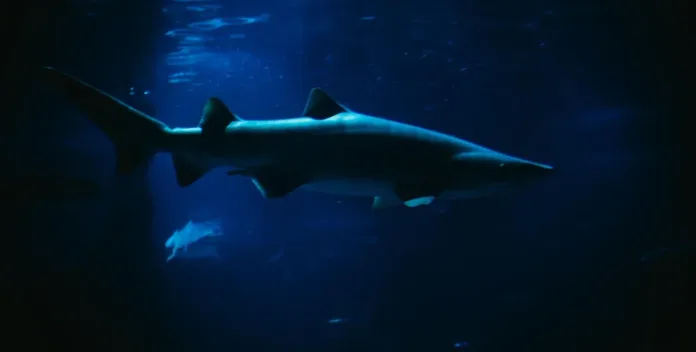Scientists uncover glowing shark and almond-sized crab in a groundbreaking deep-sea discovery
Australian scientists have uncovered two remarkable new species living in the dark depths of the ocean — a glowing lantern shark and an almond-sized, semi-transparent crab — during a research expedition off the coast of Western Australia.
The discoveries were made by researchers from Australia’s national science agency, CSIRO, during a deep-sea voyage in late 2022 to the Gascoyne Marine Park, located about 20 kilometres off the country’s west coast. The expedition, which explored depths rarely seen by humans, has already revealed an astonishing variety of previously unknown marine life.
Australia is famed as one of the world’s great biodiversity hotspots, home to more than a million unique species, yet much of its vast underwater realm remains unexplored. This latest voyage, conducted aboard the research vessel Investigator, has yielded hundreds of specimens — including creatures so rare that many have never before been documented by science.
Among the standout finds is the West Australian Lantern Shark, a sleek, dark fish that can grow up to 40 centimetres long. It lives more than 600 metres below the surface, in near-total darkness, and is equipped with a glowing underbelly that lights up through specialised organs known as photophores.
“Lantern sharks are bioluminescent, with light produced by photophores located on their belly and flanks — that’s where their name comes from,” explained Dr Will White, a fish scientist at CSIRO. The faint glow is thought to act as camouflage from predators lurking below, disguising the shark’s silhouette against faint light from the surface.
Images released by the agency show the lantern shark’s large white eyes gleaming against the black background of the deep, giving it an almost otherworldly appearance.
Equally fascinating is the discovery of a new porcelain crab species, measuring just 1.5 centimetres across — about the size of an almond. Found roughly 122 metres beneath the waves, the crab is almost transparent and uses a remarkable feeding technique more commonly associated with small filter-feeding organisms than crustaceans.
Embed from Getty Images
“Porcelain crabs are filter feeders,” explained Dr Andrew Hosie, curator of aquatic zoology at the Western Australian Museum. “They feed on plankton using modified mouthparts with long hairs to sweep the water for food particles, rather than the typical crab method of grabbing and pinching prey with claws.”
The delicate, ghostly-white crustacean is part of a broader group of discoveries that researchers say could redefine scientific understanding of deep-sea biodiversity.
In total, the expedition has uncovered around 20 new species so far, including the Carnavon Flapjack Octopus — a small, rusty-red octopus measuring just four centimetres across. The team believes that this is only the beginning, estimating that more than 600 additional species collected on the voyage are still awaiting full classification and scientific description.
“The process takes time,” said Dr Hosie. “It can take years to confirm whether a species is truly new to science. We have to study its anatomy, genetics and ecological relationships before we can officially name it.”
The discoveries highlight both the mystery and fragility of the deep ocean. Despite being one of Earth’s least explored environments, the deep sea is increasingly threatened by climate change, pollution, and expanding industrial activity such as deep-sea mining. Scientists warn that many species could disappear before they are even discovered.
Dr White said the team’s findings emphasised the need to protect Australia’s marine ecosystems. “We’re still only scratching the surface of what’s down there,” he said. “Every time we look deeper, we find something extraordinary.”
As researchers continue to study their haul, the glowing shark and transparent crab serve as reminders of how much of the ocean’s life remains hidden — and how much there is still to learn about the planet’s final frontier.
